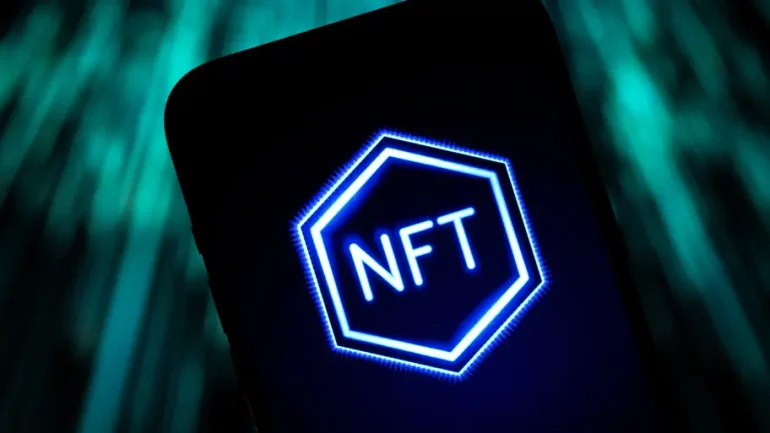In the ever-evolving landscape of digital art, the emergence of Non-Fungible Tokens (NFTs) has acted as a pioneering force. This article delves into the history of NFTs, exploring how they have transformed the way art is created, perceived, and valued in the digital realm. We will trace the key milestones, significant events, and trailblazers that propelled NFTs from obscurity to the mainstream, ushering in a new era in the art world.
The Secure and Transparent Realm of Blockchain
NFTs are indebted to the intricate realm of blockchain technology, with the Ethereum network playing a central role. Proposed by Vitalik Buterin in late 2013 and launched on July 30, 2015, Ethereum has been instrumental in the development of non-fungible tokens. For the first time in history, blockchain ensured the provenance and scarcity of digital artworks, fostering a transparent and secure environment for their creation, sale, and transfer. By integrating blockchain innovation, NFTs redefined ownership and authenticity, revolutionizing the art world’s approach to digital assets.
From Genesis to CryptoKitties: The Early 2010s to 2017
The concept of NFTs took shape in the early 2010s. It gained widespread attention in 2017 with CryptoKitties, a blockchain-based virtual cat game. Launched on November 28, 2017, at an Ethereum hackathon, CryptoKitties allowed users to buy, sell, and breed unique digital collectibles.
In December 2017, the first high-profile sale occurred, with a CryptoKitty named Genesis selling for ETH246.9255 (approximately $117,712 USD). However, concerns arose about CryptoKitties clogging the Ethereum network and increasing transaction delays. Ethereum miners responded by raising the gas limit, allowing for more data to be included in each block. Following CryptoKitties’ popularity, various similar websites emerged, such as Etheremon and CryptoBots, along with virtual marketplaces like OpenSea and RareBits.
The Real Ascension: 2020-2021
NFTs gained prominence in 2020 and 2021 with a surge in interest and adoption. Also digital artists discovered a new avenue to monetize their work, while collectors were drawn to the allure of owning a unique and verifiable piece of digital art. This period marked the true beginning of the NFT boom, with influential artists like Beeple playing a significant role.
“Everydays: The First 5000 Days” by Beeple
In March 2021, the art world witnessed a historic moment when Beeple’s “Everydays: The First 5000 Days” sold for a staggering $69.3 million at a Christie’s auction. This record-breaking sale thrust NFTs into the limelight, capturing the imagination of artists, collectors, and enthusiasts worldwide. Beeple’s impact became synonymous with the transformative power of NFTs.
Impact Beyond the Art World
NFTs have the potential to empower artists and collectors. They provide a transparent and decentralized way to authenticate and trade digital creative works. However, concerns have been raised about their environmental impact due to the energy-intensive Proof-of-Work algorithms used in mining and trading, resulting in a significant carbon footprint. This has sparked a global conversation about the environmental impact of blockchain technology.
Conclusion
The history of NFTs is a story of rapid evolution, from the early days of CryptoKitties to the record-breaking sales that have captivated the art world. As NFTs continue to reshape the digital art landscape, their journey continues. Cultural significance, the relationship with cryptocurrencies, and the impact on artists and collectors are topics that will continue to be debated and discussed. Although the NFT saga, filled with triumphs and challenges, is still unfolding, leaving a lasting mark on the canvas of digital art. Only time will reveal the enduring legacy of NFTs in the art world and beyond.
Source: +


